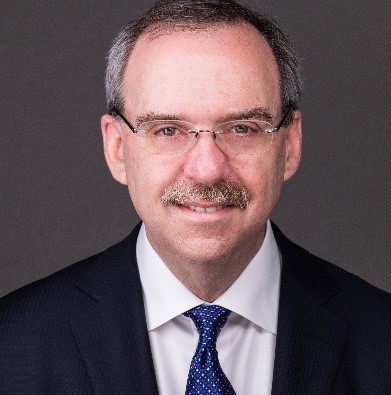
21st Century Public Health and Population Health
Duke-Margolis is developing a major, cross-cutting initiative to address—and inform—the future of public health in the United States, building on the Center’s work on the COVID-19 pandemic. Importantly, it will also seek to infuse reforms to public health institutions and policies suggested by the pandemic with emerging 21st century medical and health system capabilities—with an emphasis on better public health outcomes and resulting improvements in trust.
Projects Relating to 21st Century Public Health and Population Health
The Challenge
Over the last half century, broad trends in the public health landscape have affected the ways in which public health institutions have prioritized or implemented services—leading up to the challenges these institutions faced in managing an unprecedented global pandemic. This meant that many if not all public health institutions moved from an infectious disease containment and sanitation portfolio (“Public Health 1.0”) to broader efforts addressing the chronic disease, lifestyle, and neighborhood and environment issues that were becoming the dominant public health challenges over the latter half of the 20th Century (“Public Health 2.0”). This strategic shift was further reflected in CDC’s “Public Health 3.0” framework in 2017 (reaffirmed in 2021), which called for public health institutions, including CDC in collaboration with its state and local counterparts, to be the “chief health strategist” to address the root causes of poor health in communities at the local, state, and national level.
At the same time, the broadening scope of public health challenges was met by declining funding and limited updates to statutory authorities to enable public health entities to fulfill this “chief health strategist” role themselves. Instead, additional resources to address these issues have increasingly been concentrated in health care organizations, reflecting the increasing biomedical capabilities to respond to infectious and noncommunicable chronic disease threats. Resources have also risen significantly (though less dramatically in the US) for social service and community programs that are intended to address the social factors including housing, food security and nutrition, healthy communities and environments at the state and national level (and outside HHS), as well as an increase in private and health sector supports for tackling chronic and communicable diseases. To the extent these activities were coordinated to support progress on major health challenges facing diverse populations in local communities, most coordination and direction has not occurred through public health organizations—which have used their stretched budgets for limited emergency preparedness and population health initiatives, and providing infectious disease containment supports especially for uninsured and underserved populations.
COVID-19 demonstrated the challenges created by these trends. On the one hand, US public health benefitted from unprecedented medical success across testing, treatment, and vaccine development. But health care and social service organizations faced challenges in supporting high-risk populations through these emerging medical technologies and social and community supports, and often lacked timely data and clear and transparent guidance from public health authorities. There were exceptions around the country, including well-coordinated and well-informed regional responses that brought together local public health leadership, population-focused health care organizations (particularly those that had already moved away from fee-for-service payment), and coordinated social service supports. These point the way forward for not only how to better detect and contain emerging health threats in the future—but also to how health guidance can be better informed by private sector health and social data, and aligned with health care and social service payments, to enable health care, social service initiatives, and public health guidance to address the population health challenges of the 21st Century.
Making “Public Health 3.0” a truly shared public-private enterprise to improve population health means health systems and other health care organizations will need to evolve their role in public and population health beyond pandemic response efforts. With aligned financial supports and regulatory policies, and with an intentional strategy for integrating an updated role for CDC and public health institutions, frontline health care providers and community organizations can work together to fulfill the potential of 21st century public health.
Additional Related Resources:
Related Work and Topics
-
Emerging Initiative: Strengthening Public Health and Health Care Partnership for the Future
-
COVID-19 Response
-
COVID Collaborative
-
Global COVID Response
-
Global Health Policy
-
Population Health
-
Issue Spotlight: Public Health 3.0 and Accountable Population Health
-
Issue Spotlight: Reducing the Burden of Respiratory Viral Infections










